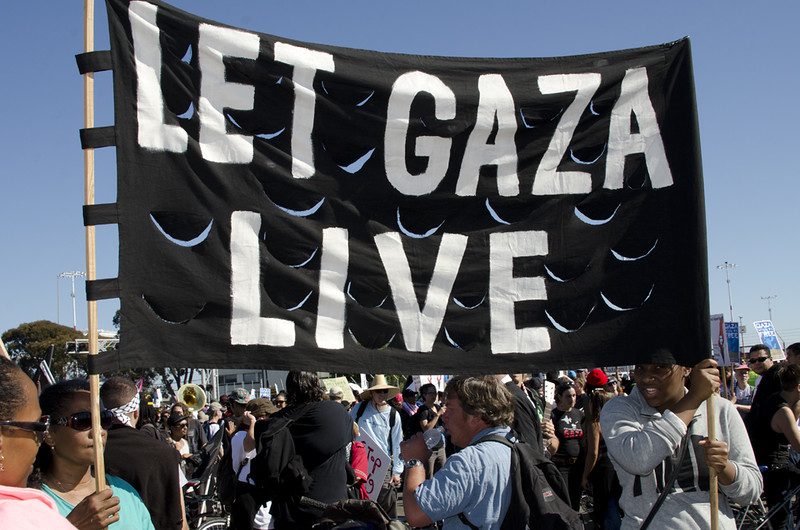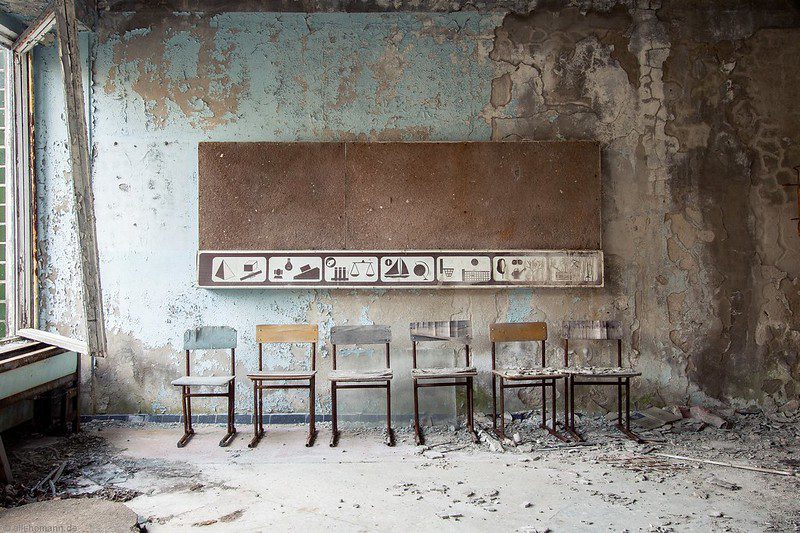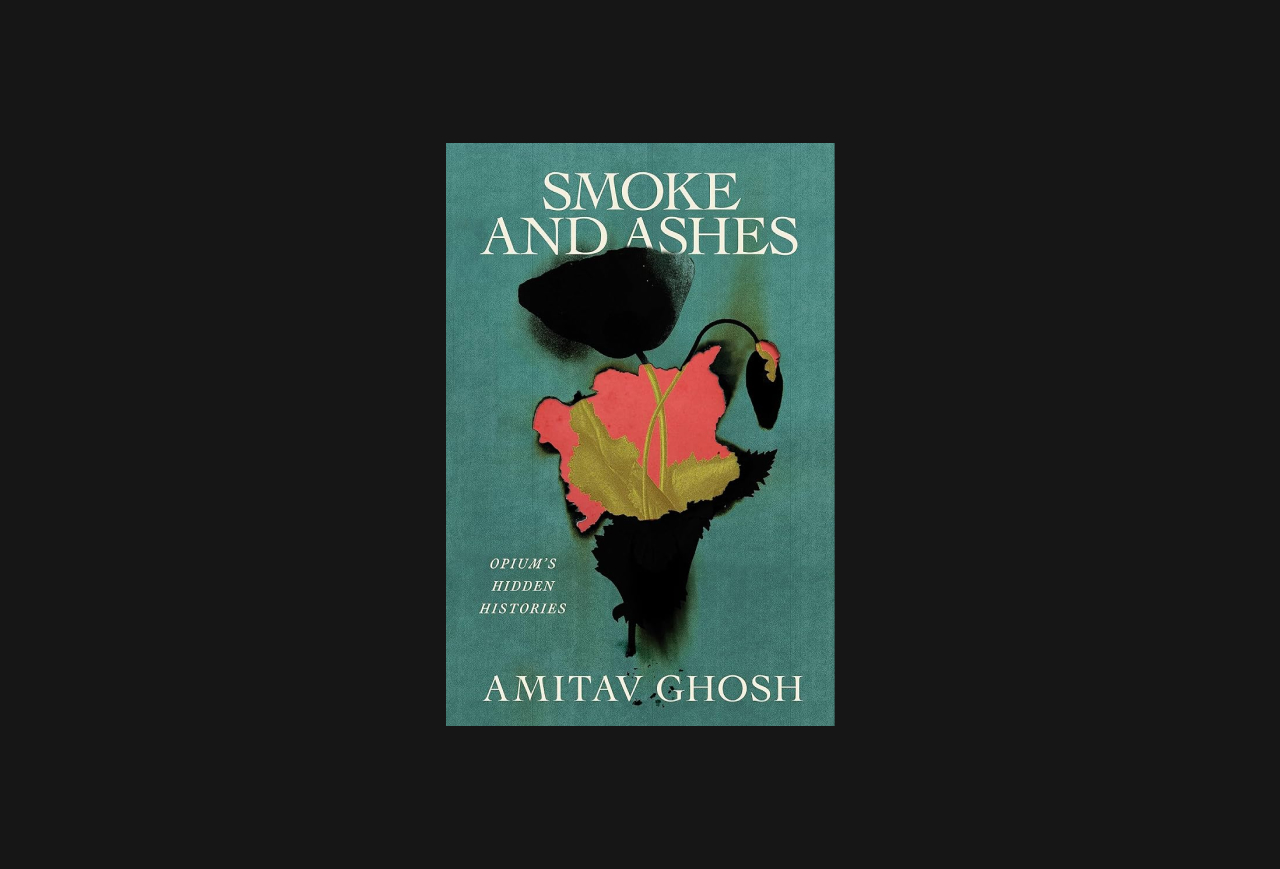For seven years, every day as I drove into work at Tufts University’s Medford campus from my home in Boston’s western suburbs, I would pass the medium security prison in Concord. Most days, it appeared as merely an austere exterior, bordering a traffic circle that slowed highway traffic to a painful crawl.
Last Fall, however, I taught a course on mass atrocities to incarcerated students there, through the Tufts University Prison Initiative of Tisch College (TUPIT). The prompt for me to join Tufts new program emerged from my research on the Red Terror Martyrs Memorial Museum in Addis Ababa, Ethiopia. The museum is dedicated to a period 1976 – 1978 when the military regime under Mengistu Hailemariam attempted to destroy the political opposition. The regime went after its opponents with systematic violence, imprisonment and torture. All of the people I spoke with at the Museum had themselves been imprisoned and many had been tortured; as had others whose stories appear in my book.
Recognizing how much I had learned from the former political prisoners in Ethiopia, I thought teaching in prison would be one way honor their generosity in sharing their stories with me. Little did I understand how much more I could learn inside prison. The experience made me consider how my research and writing, which has primarily focused on genocide and mass atrocities with particular emphasis lately on memory and memorial museums, might be adapted to an American context.
While my next project is still in development, some of the questions that interest me are how we think about protection, as a conceptual and policy framework—who is included, who is excluded, and what measures are deemed reasonable and effective? As a concept, ‘protection’ is under-theorized; as a policy it is deployed to describe to a wide range of activities, wide enough at times to be virtually incoherent. My work on mass atrocities, notably on endings, has been critical of the miltiarization of protection policies. These policies, I have argued, have had the impact of militarizing the concept itself, in ways that limit atrocities prevention and response and feed the rise in America’s militarized foreign policy of the ‘war on terror.’ I’m curious how far one could push a different notion of protection into different patterns of and forces that cause civilian harm.
As I consider a new ‘domestic’ research program, I started a conversation with a few colleagues whose work has also primarily been international, but who have turned to a domestic American context in recent years. This blog series captures their reflections.
If you are also a researcher whose work has primarily been ‘international,’ but you now have a domestically-focused project (whether this means the U.S. or any other ‘domestic’ that you call home), and you’d be interested in joining the conversation, email me to tell me more about your work, at Bridget.conley@tufts.edu.


